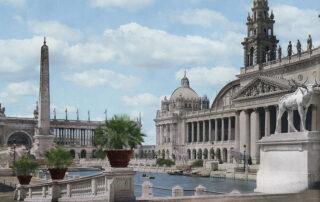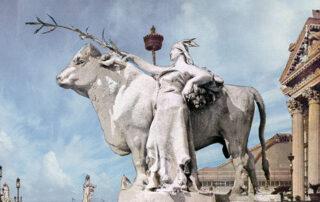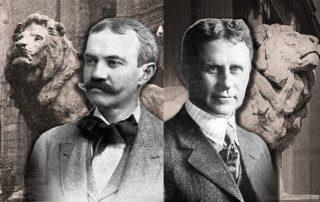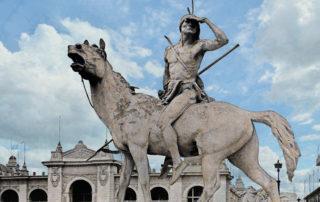154. Picturesque World’s Fair – East front of Machinery Hall and the Obelisk
EAST FRONT OF MACHINERY HALL, AND THE OBELISK.—The area of water extending to the south from the Grand Basin and known as the South Canal was so entirely surrounded by the beautiful in art or architecture that a view across it from any point was sure to be something captivating. The view above is from the northeast corner of the canal, just where the " Farmer's Bridge " terminated on the area in front of the Agriculture Building, with [...]





